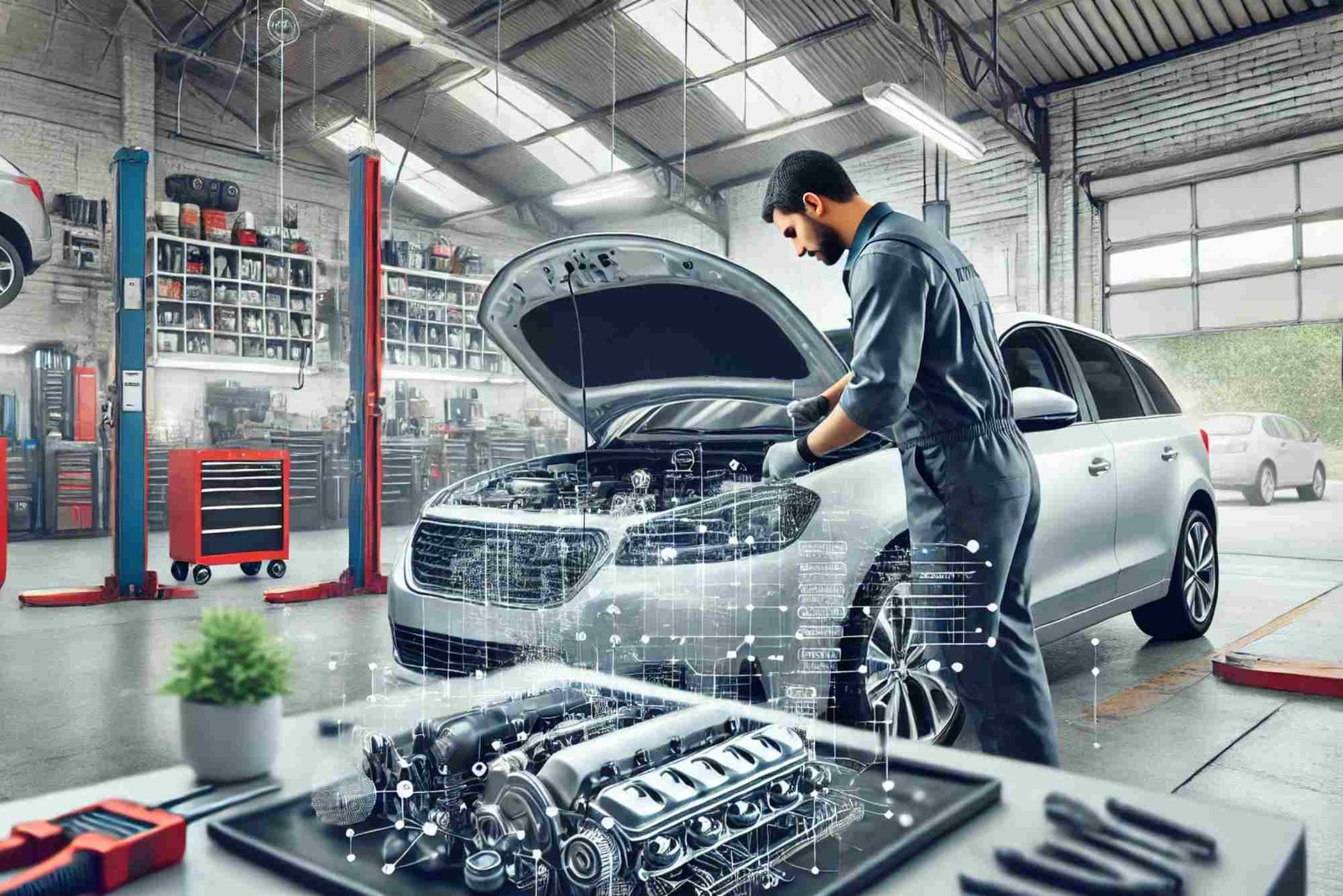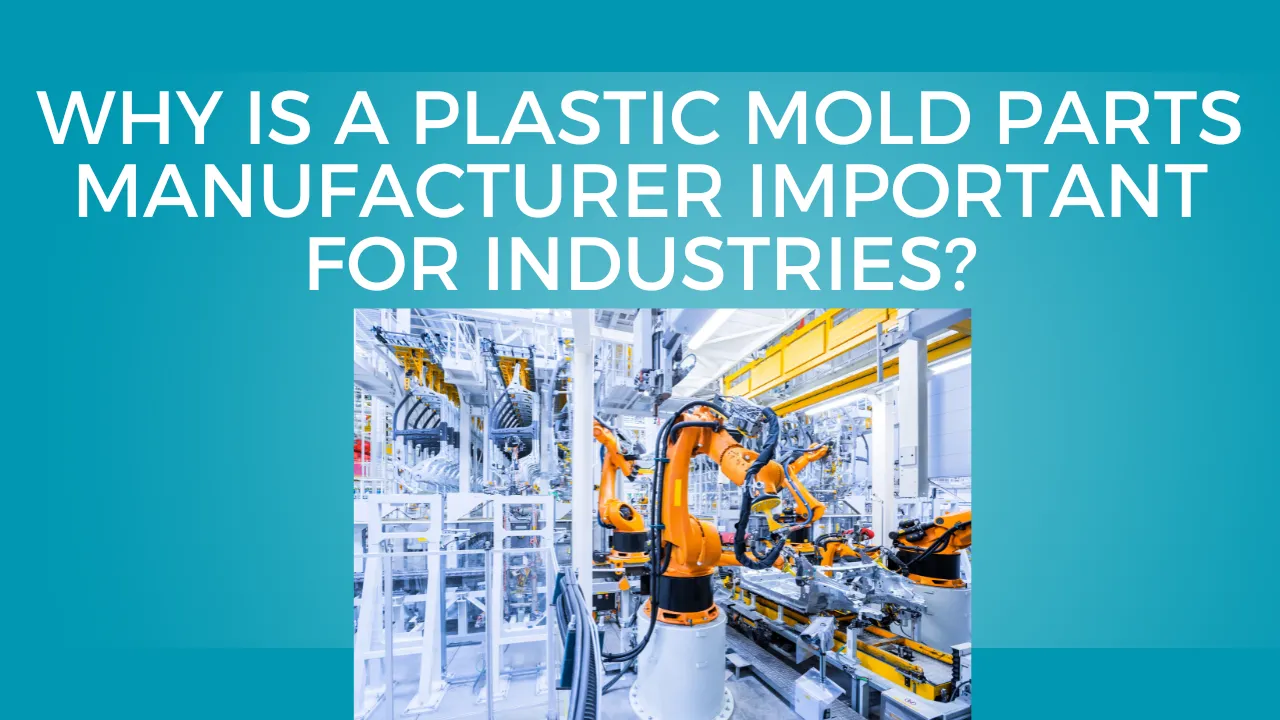Introduction
In today’s world, reducing automobile emissions is more than an environmental concern—it’s a necessity. Vehicles are one of the largest contributors to air pollution, releasing harmful gases that affect health and the planet. Understanding how to control emissions from automobile — complete guide (2025) is essential for car owners, policymakers, and eco-conscious drivers. This article offers practical methods, innovative technologies, and maintenance strategies to help minimize pollution and create a cleaner, greener future.
Understanding Automobile Emissions
Automobile emissions consist of gases and particles released from internal combustion engines. Common pollutants include carbon monoxide (CO), hydrocarbons (HC), nitrogen oxides (NOx), and particulate matter (PM). These substances contribute to smog, acid rain, and global warming. In 2025, controlling these emissions is not just a regulatory requirement but also a moral responsibility.
Governments worldwide are tightening emission standards, and automakers are investing heavily in cleaner technologies. From hybrid engines to advanced exhaust systems, multiple strategies aim to minimize a car’s carbon footprint while maintaining performance.
The Main Sources of Vehicle Emissions
Most automobile emissions originate from fuel combustion. When gasoline or diesel burns in an engine, incomplete combustion leads to the release of harmful gases. The major sources include:
-
Tailpipe Emissions: Exhaust gases that exit through the tailpipe are the most visible form of pollution.
-
Evaporative Emissions: Fuel vapors escape from the fuel tank or system even when the car is not running.
-
Crankcase Emissions: These occur when unburned fuel and gases leak into the engine’s crankcase.
Understanding these sources is the first step toward effective emission control.
Effective Methods to Control Emissions from Automobiles
Reducing emissions requires a combination of technology, regular maintenance, and eco-friendly driving habits. Let’s explore practical ways to minimize automobile emissions in 2025.
Regular Vehicle Maintenance
Routine maintenance plays a crucial role in reducing emissions. A poorly maintained vehicle burns more fuel and produces more pollutants. Regular oil changes, spark plug replacements, and air filter checks ensure efficient combustion. Clean fuel injectors and timely servicing keep the engine running smoothly, preventing unnecessary fuel wastage.
Drivers can also learn about how to control emissions from automobile to apply the right maintenance techniques and reduce environmental impact effectively.
Use of Catalytic Converters
Catalytic converters are one of the most effective devices for reducing vehicle emissions. They convert harmful gases such as CO and NOx into less harmful compounds like nitrogen, carbon dioxide, and water vapor. Modern vehicles are equipped with three-way catalytic converters that handle multiple pollutants simultaneously, making them an essential part of emission control systems.
Fuel Efficiency and Clean Fuels
Fuel quality has a direct impact on emissions. Using high-quality, low-sulfur fuel significantly reduces harmful exhaust gases. Alternative fuels such as compressed natural gas (CNG), liquefied petroleum gas (LPG), and ethanol blends are also cleaner options. In 2025, biofuels and synthetic fuels are becoming popular choices due to their lower carbon emissions.
Moreover, maintaining proper tire pressure and avoiding idling can enhance fuel efficiency, leading to fewer emissions.
Adoption of Electric and Hybrid Vehicles
Electric vehicles (EVs) and hybrid cars are transforming the future of mobility. These vehicles either eliminate or drastically reduce tailpipe emissions. Hybrid systems combine internal combustion engines with electric motors, optimizing performance and energy efficiency. With advancements in battery technology and charging infrastructure, EVs have become a practical solution for emission control in 2025.
Advanced Exhaust Aftertreatment Systems
Modern automobiles feature advanced exhaust systems that filter and neutralize harmful particles. Diesel Particulate Filters (DPF) trap soot from diesel engines, while Selective Catalytic Reduction (SCR) systems convert nitrogen oxides into harmless nitrogen and water. These systems are essential for meeting stringent emission standards and ensuring cleaner air.
Engine Modifications and Tuning
Manufacturers are constantly improving engine designs to minimize emissions. Direct fuel injection, variable valve timing, and turbocharging technologies enhance efficiency and reduce fuel wastage. Engine tuning software can optimize combustion and minimize pollutants. Drivers can also use performance chips that balance power output with fuel economy.
Eco-Friendly Driving Habits
Driving style significantly influences emission levels. Smooth acceleration, steady speeds, and reduced idling can cut fuel consumption and lower emissions. Avoiding aggressive driving not only reduces wear and tear but also minimizes environmental impact. Simple changes—like turning off the engine during long stops—can make a noticeable difference.
Regular Emission Testing
Many countries now require vehicles to undergo periodic emission testing. These tests ensure cars meet environmental standards and identify malfunctioning parts. Regular testing helps maintain compliance with regulations and encourages timely repairs of exhaust systems or faulty sensors.
Government Regulations and Incentives
In 2025, emission standards have become stricter globally. Programs such as the Euro 7 standards, the U.S. EPA guidelines, and India’s Bharat Stage VI norms are pushing manufacturers to innovate. Governments also offer tax benefits, subsidies, and incentives for electric or low-emission vehicles. Such policies encourage consumers to adopt cleaner technologies.
Technological Innovations for 2025 and Beyond
Emerging technologies are revolutionizing emission control. Artificial intelligence and data analytics help monitor vehicle performance in real-time. Predictive maintenance systems detect issues before they cause higher emissions. Hydrogen fuel cells are also gaining attention as they produce only water vapor as a byproduct.
Companies like Edmunds – Car Advice provide valuable insights for car owners looking to choose environmentally friendly vehicles or maintain their existing ones efficiently.
The Role of Automakers in Reducing Emissions
Automakers play a critical role in emission reduction. Major manufacturers are developing hybrid powertrains, electric mobility solutions, and lighter materials to improve efficiency. Research in battery technology, hydrogen power, and smart grid integration is accelerating the shift toward sustainable transport.
By 2025, nearly every leading automobile company has pledged to move toward carbon neutrality, making emission control a central part of their production strategy.
Impact of Emission Control on the Environment
Controlling automobile emissions benefits the environment in multiple ways. It reduces air pollution, improves public health, and helps slow climate change. Cleaner vehicles contribute to lower greenhouse gas levels, clearer skies, and better living conditions for future generations.
Moreover, sustainable transportation systems also reduce dependence on fossil fuels, ensuring long-term energy security and economic stability.
Challenges in Implementing Emission Control
Despite technological progress, several challenges remain. High costs of electric vehicles, limited charging infrastructure, and lack of consumer awareness hinder widespread adoption. Additionally, older vehicles without modern emission systems continue to pollute heavily. Effective policy enforcement and public education are essential to overcome these barriers.
Governments, automakers, and individuals must work together to ensure lasting success in emission control efforts.
(FAQs)
What are the main causes of car emissions?
Car emissions mainly result from fuel combustion in engines, poor maintenance, and the use of low-quality fuels.
How can I make my car more environmentally friendly?
Maintain your vehicle regularly, drive smoothly, and consider switching to hybrid or electric models for reduced emissions.
What technologies help reduce vehicle emissions?
Catalytic converters, diesel particulate filters, hybrid engines, and electric powertrains are effective technologies for emission control.
How often should I get an emission test?
Most regions recommend testing every one to two years, depending on local regulations and vehicle type.
Does fuel type affect emissions?
Yes. Clean fuels like CNG, LPG, and low-sulfur gasoline produce fewer emissions than conventional fuels.
Learning how to control emissions from automobile — complete guide (2025) is essential for everyone who drives or owns a vehicle. From regular maintenance to adopting cleaner technologies, every small step helps protect the planet. Electric vehicles, catalytic converters, and efficient driving habits all play a role in reducing pollution and preserving air quality.
By following these methods and exploring related automobile resources, drivers can contribute to a healthier environment while saving fuel costs. The journey to sustainable mobility begins with awareness and action—every cleaner car today shapes a greener tomorrow.







